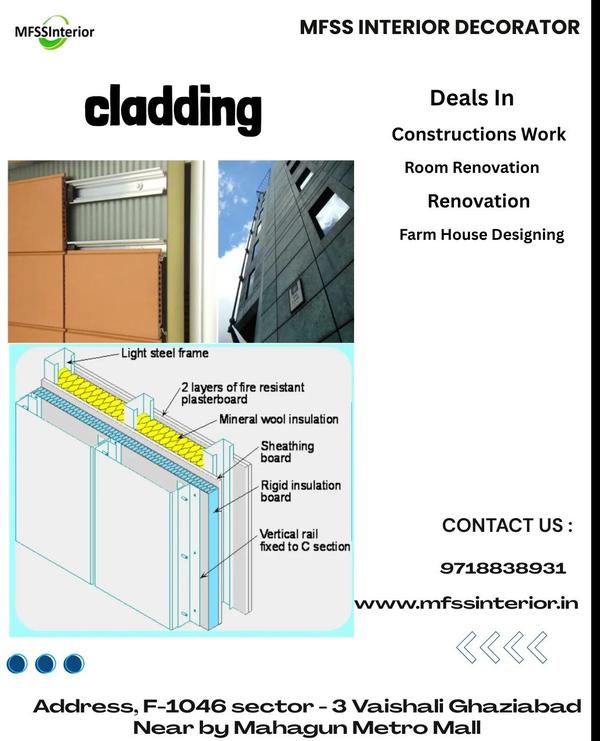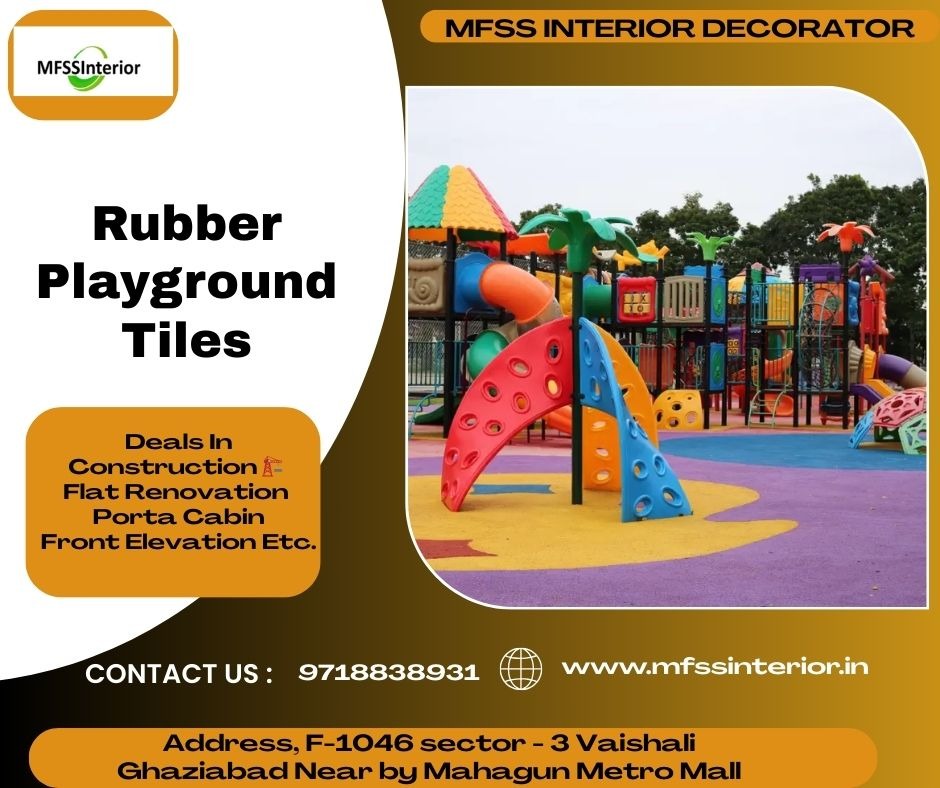
Rubber Platform Tile Work In Vaishali Ghaziabad

A rubber platform design typically refers to creating raised surfaces or flooring systems made using rubber materials for industrial, commercial, or recreational purposes. These platforms are popular due to their durability, shock absorption, slip resistance, and easy maintenance. They are used in places like gyms, factories, playgrounds, warehouses, and even around swimming pools. Key Elements of Rubber Platform Design Work 1. Purpose & Application Industrial use: Anti-fatigue work platforms for assembly lines or machine areas. Sports & fitness: Rubber gym platforms for weightlifting or exercise areas. Playgrounds: Impact-absorbing platforms under play equipment for safety. Outdoor/Pool areas: Non-slip rubber decking or platforms. 2. Design Considerations Size & Shape: Customizable based on space and intended load-bearing capacity. Height: Fixed or modular elevated platforms. Surface Texture: Smooth, ribbed, or studded for grip and drainage. Weight Capacity: Must support expected loads (people, machinery, or equipment). 3. Material & Structure Rubber Types: Recycled rubber tiles or mats. EPDM (ethylene propylene diene monomer) for outdoor UV/weather resistance. Vulcanized rubber sheets for heavy-duty industrial use. Base Frame (if elevated): Steel/aluminum or reinforced composite frames to support the rubber surface. Thickness: Typically 10 mm to 50 mm or more, depending on shock absorption and durability needs. 4. Key Work Involved Design & Layout: 2D/3D CAD drawings for dimensions and load specs. Surface Preparation: Leveling and preparing the ground or base. Installation: Direct fixing rubber mats on concrete floors. Using interlocking rubber tiles for modular setups. Mounting rubber sheets on a raised steel/aluminum frame. Finishing: Edging strips, ramps, or drainage channels for accessibility and safety. 5. Additional Features Anti-slip coatings or textured finishes. Sound and vibration insulation for gyms and machine areas. Drainage holes or channels for outdoor setups. Color customization for branding or aesthetics. 6. Maintenance Easy cleaning with water and mild detergent. Regular inspection for wear and tear. Replacement of worn-out sections (modular tiles make this easy). Do you want me to: Provide 2D/3D layout examples of rubber platform designs? Share cost estimates based on size and application? Generate modern rubber platform design images for gyms, industrial areas, or playgrounds?
Subscribe for latest offers & updates
We hate spam too.


